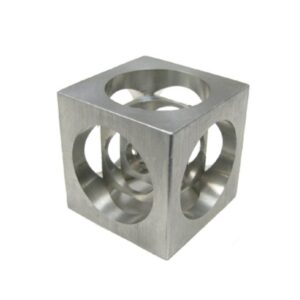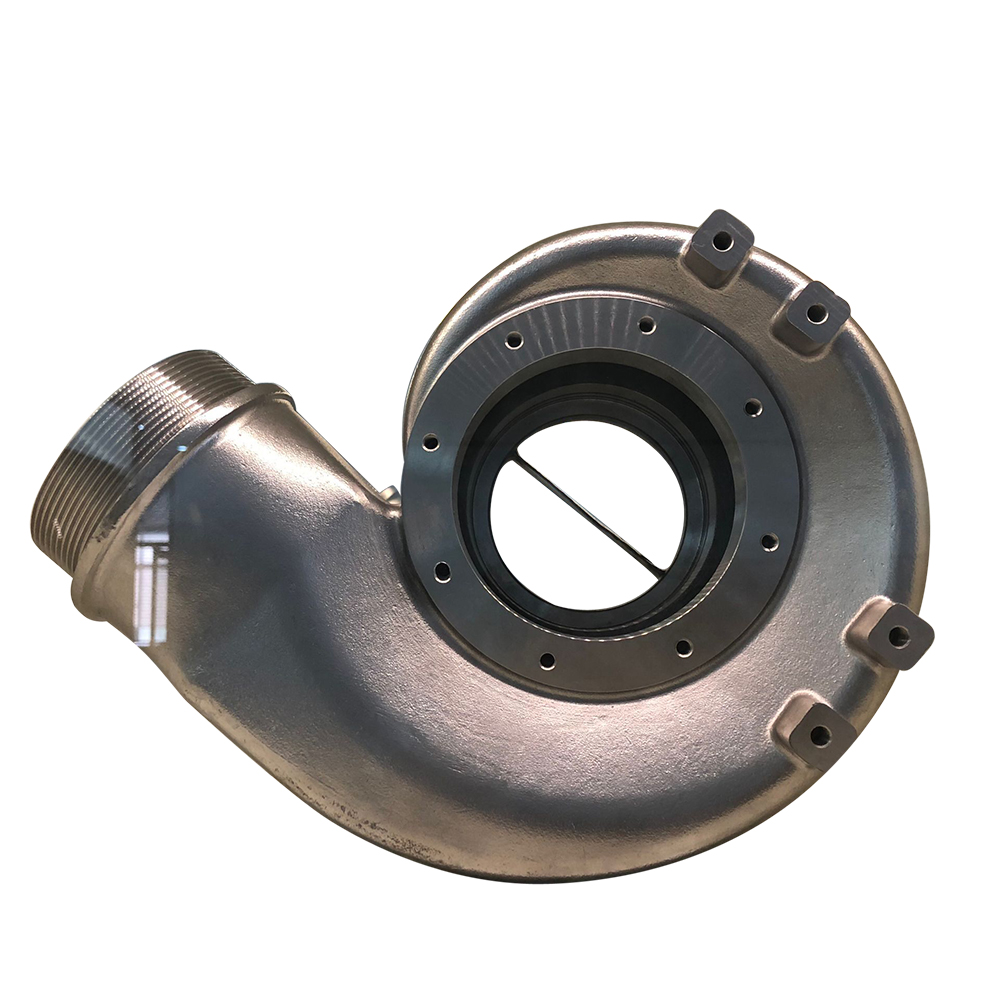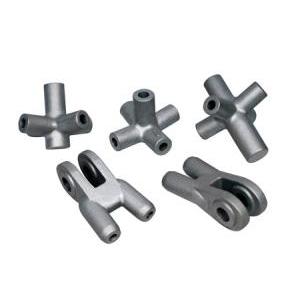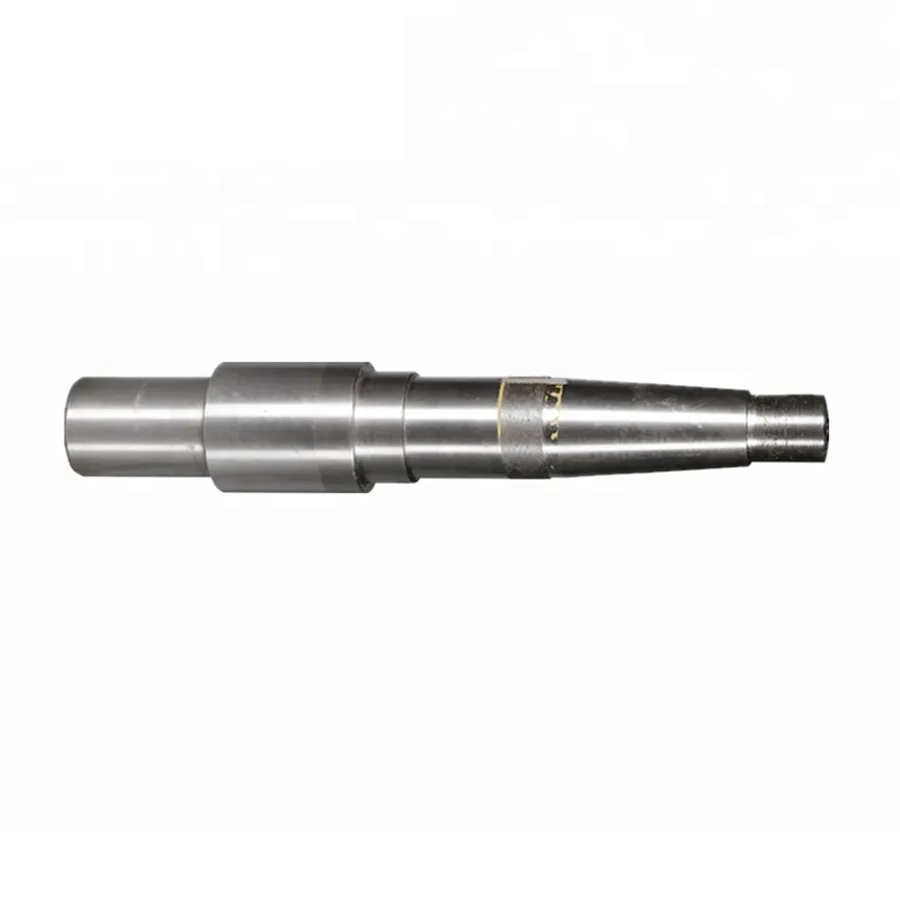Stainless steel is known for its corrosion resistance, but regular cleaning and maintenance are essential to preserve its appearance and functionality. Maintaining stainless steel products, whether they are made from austenitic, ferritic, or even duplex stainless steel, is essential to ensure their longevity and performance. Regular cleaning and debris removal help extend their service life, especially given stainless steel’s reputation for being resistant to corrosion. However, neglecting proper care can lead to oxidation, rusting, or staining, particularly in challenging environments. Mechanical damage can also accelerate these issues. Below, we’ll explore effective cleaning methods and passivating treatments to protect various types of stainless steel surfaces.
To fully appreciate the importance of keeping stainless steel clean, it’s crucial to understand the role of the passive layer, which protects the metal from the elements. All stainless steel alloys, regardless of whether they are austenitic, ferritic, or martensitic stainless steel, contain at least 10.5% chromium by weight. This chromium forms a protective shield known as the passive layer, which is critical in preventing corrosion. The higher the chromium content, the greater the metal’s resistance to corrosion. Stainless steel rusts when the passive layer is damaged, and there is insufficient chromium to reform it.
Formation and Function of the Passive Layer
The passive layer forms when chromium in stainless steel reacts with oxygen, creating a protective barrier that prevents further oxidation. In comparison, ordinary carbon steel forms ferric oxide when exposed to oxygen, which does not provide continuous protection and leads to rusting.
Self-Repair Mechanism of Stainless Steel
The passive layer of stainless steel is self-repairing. If it is damaged, the chromium in the exposed stainless steel reacts with oxygen to form new chromium oxide. As long as there is sufficient chromium present, the chromium oxide layer will continue to reform and protect the stainless steel surface.






